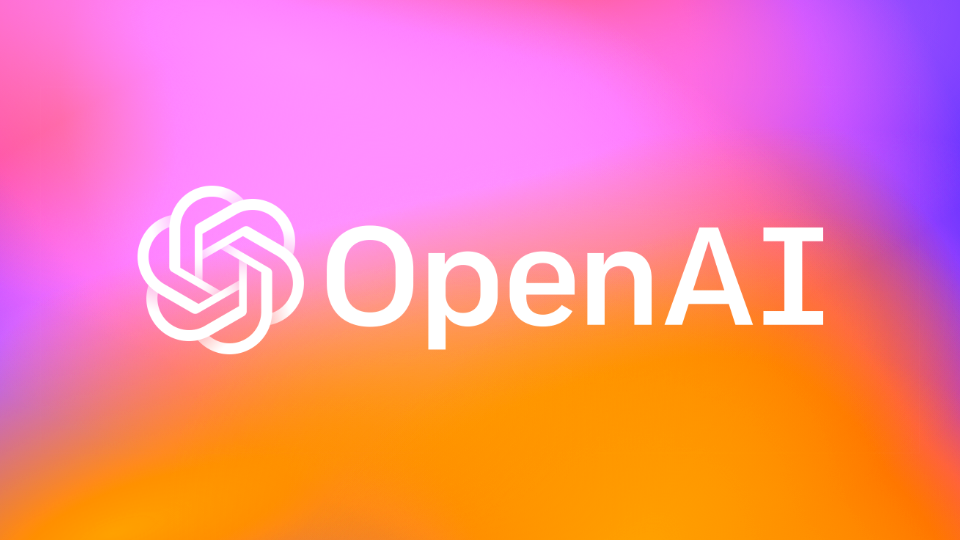ChatGPT, the AI powered chatbot currently taking the world by storm, is even able to simulate a Linux environment.
Powered by OpenAI – the research company launched by Elon Musk and backed by Microsoft – the discovery of its acting credentials was recently made during an open testing phase, allowing anyone to play around with it.
To prepare for the role, ChatGPT made use of information fed into it as part of its initial training data. These likely included extracts from Linux manuals and real-life logs of shell sessions.
Playing the part
Jonas Degrave, a researcher at DeepMind who made the discovery, told ChatGPT quite plainly that he wanted it to pretend to be a Linux terminal, and to respond to his typed commands as a Linux terminal would. The chatbot duly complied, responding in code block format as a terminal would.
ChatGPT works by determining the most likely words to follow from the previous words in the conversation, eventually drawing on the entire conversation history when further prompts are made.
ChatGPT wholly immersed itself in the part of a Linux machine, going as far as executing Python code. Degrave gave it a simple calculation written in the Python language and it responded with the correct answer.
Another user of ChatGPT managed to get it to simulate an old Bulletin board system (BBS), all the way from pretending to dial-up a modem to creating a make-believe chatroom with a make-believe chatter called Lisa.
OpenAI and ChatGPT have been lighting up the world of AI recently with all sorts of surprising and quirky results, from pretending to be an ATM to explaining Einstein’s theory of general relativity in the form of a rhyming poem.
When it comes to more vital tasks, however, such as gleaning factually accurate information, ChatGPT is less effective, with commentators pointing out that its novel outputs can be equally nonsensical as they can be accurate, depending on the user’s inputs.
Check out these best alternative operating systems
Read More

